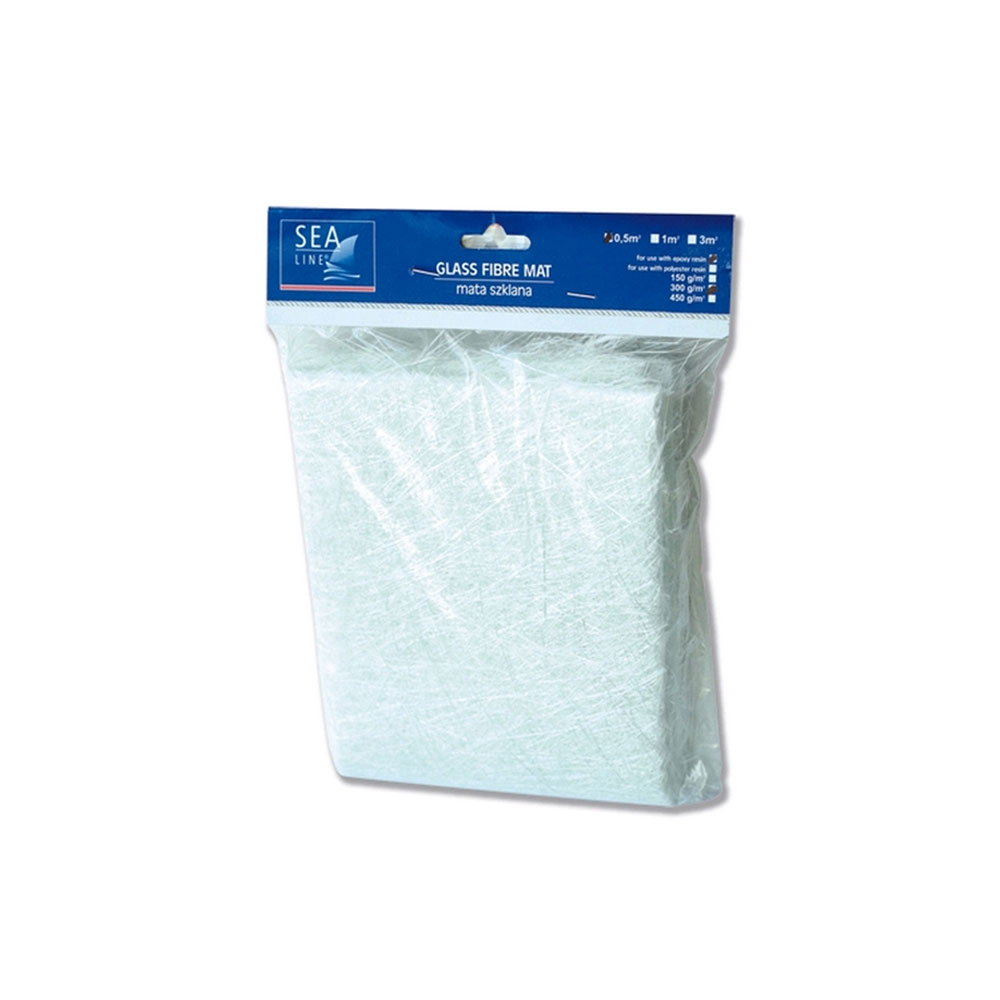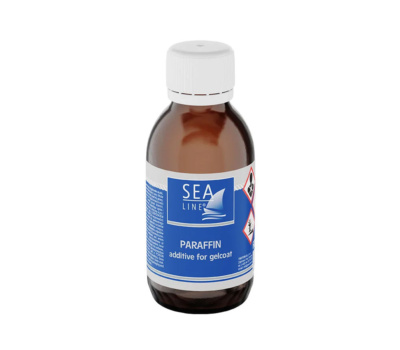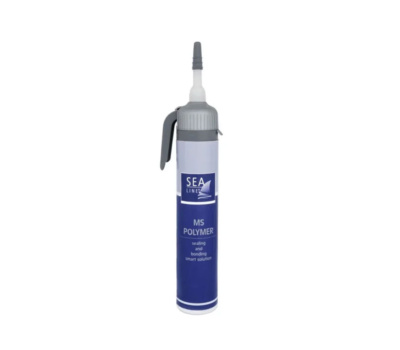Fiberglass reinforcements, including boat mats and fiberglass fabrics combined with resin, are used for repairs of boats, yachts, camping trailers, and other laminate products. The repaired elements can be made of laminate, steel, aluminum, and of course, wood.
Undoubtedly, coatings obtained using resin along with fiberglass mat or fabric have good adhesion to the substrate, are durable, resistant to gasoline, oils, greases, and also to short-term exposure to temperatures up to 70°C.

Glass Fibre Mate
Glass fibre mat, in connection with laminating resin, is used for the repairs of big holes in boats, yachts, camping caravans, etc. The repaired elements may be made from steel, aluminum or GRP, reinforced with glass fibre. The obtained layers have very good adherence, are durable, resistant to petrol, oils, greases, and the short period temperatures up to 70ºC.
Glass Fabric
Glass fabric are used in the production of laminates, as a resin reinforcement. Allows for a higher glass content in the laminate and better durability. Minimizes the amount of resin necessary for the production of laminates while increasing durability.
To obtain a full-fledged and adequately strong laminate, use a 2:1 weight ratio of resin to fibre glass mat or 1:1 weight ratio of resin to glass fabric.
| pack | g / m² | code | theoretical efficiency resin for 1 pack |
| 1 m² | 150 g / m² | 4490 | ~ 300 g |
| 300 g / m² | 4493 | ~ 600 g | |
| 450 g / m² | 4496 | ~ 900 g | |
| 3 m² | 150 g / m² | 4491 | ~ 900 g |
| 300 g / m² | 4494 | ~ 1,8 kg | |
| 450 g / m² | 4499 | ~ 2,7 kg |
| pack | g / m² | code | theoretical efficiency resin for 1 pack |
| 1 m² | 300 g / m² | 4480 | ~ 600 g |
| 450 g / m² | 4483 | ~ 900 g | |
| 3 m² | 300 g / m² | 4481 | ~ 1,8 kg |
| 450 g / m² | 4484 | ~ 2,7 kg |
| pack | g / m² | code | theoretical efficiency resin for 1 pack |
| 1 m² | 200 g / m² | 4464 | ~ 200 g |
| 400 g / m² | 4466 | ~ 400 g | |
| 3 m² | 200 g / m² | 4465 | ~ 600 g |
| 400 g / m² | 4467 | ~ 1, 2 kg |

Paraffin is an additive mainly to polyester gelcoats, necessary when it is necessary to apply

Is elastic sealant recommended for sealing and bonding various types of materials.

Non skid powder is anadditive for polyurethane topcoats. Non-slip powder = 20 grams, the amount
There is a possibility of thinning antifouling, but we do not recommend this procedure due to the risk of reducing the effectiveness of the paint. If it is necessary to thin the antifouling paint, it is recommended to dilute it to a maximum of 0-5% (by volume).